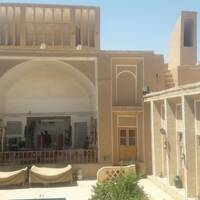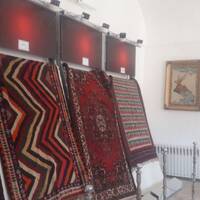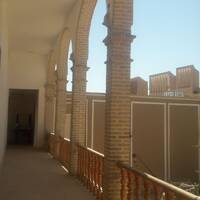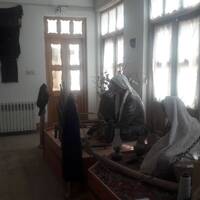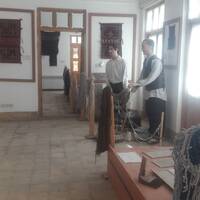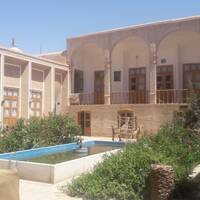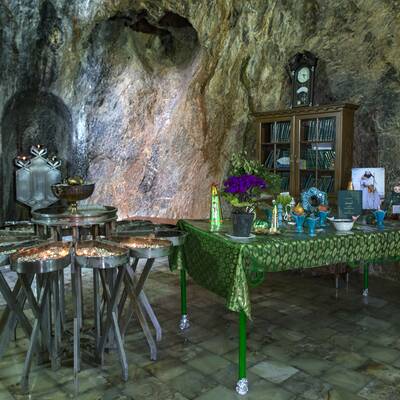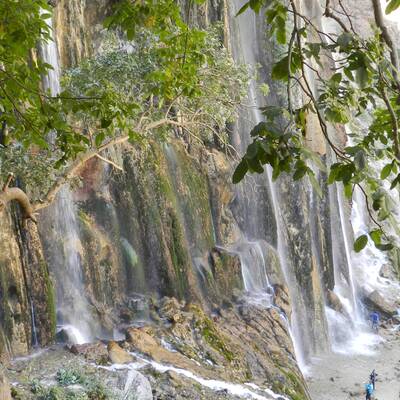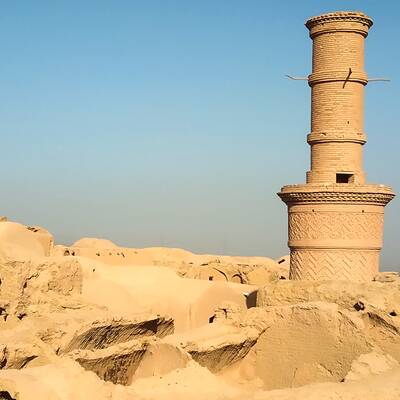Belonged to Qajar period with over 150 years of history, the house used to be the resident of Ayattollah Khatami and his family. It was later, in 2000s, transferred to the Cultural Heritage, Handicrafts and Tourism Organization and then in 2004, transformed into the Ardakan Museum of the Fame.
Building characteristics
The house consists of two yards (central and Andaruni) in which the central yard is three-sided:
- Winter room or Pahna room that is, due to the exposure to the sun through the day, called in this way and it is used as the winter residence.
- Summer room or Neser. It means a cool place back to the sunlight. Summer room includes Iwan and hall.
- Western side including four rooms for spring and autumn and another room named Badgir (windcatcher) which used to be the coldest place of the house used for summers.
Pahna room used to be the meeting room where people came to discuss their social, family, Islamic issues. Autumn and spring rooms were just the residents of these two seasons.
There are different places in the Andaruni yard such as basement, kitchen, cellar and grain warehouse, as follows:
Kitchen: a place for cooking where firewood was used as fuel for oven and baking bread.
Cellar: the coldest place in the house where, due to its vicinity to Qanat and windcatcher, was used as icehouse for maintaining the perishable food.
Shaft of qanat: the access place to the water of qanat that was used for washing cloths and dishes.
Grain warehouse: a straw room, cold and dry, consisted of many shelves in order to store the crops and dry vegetables.
Basement: a cold humid place for rest in summer and maintenance of liquids and pickles.
Museum’s Purposes and Missions
- An introduction to the personality and career of Ayatollah Khatami.
- An introduction to the fame and figures of the city.
- A cultural place for gathering people and holding cultural events in order to promote the global heritage and civilization.

